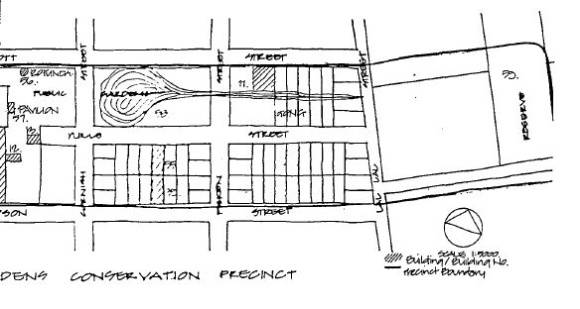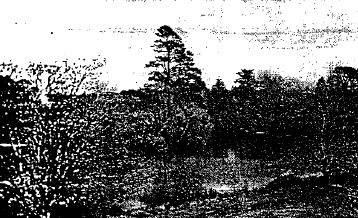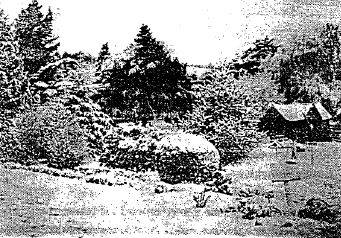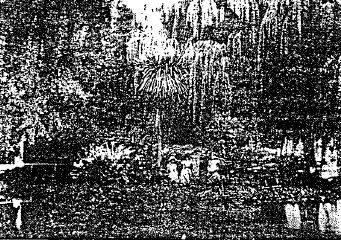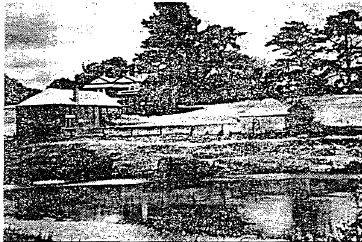| Back to search results » | Back to search page » |
|
Buninyong Botanic Gardens
Other NameGardens Conservation Precinct, The Gong Reservoir, Queen Victoria Rotunda, Pavilion Location201-209 SCOTT STREET, 705 INGLIS STREET, SIMPSON STREET, AND LAL LAL STREET BUNINYONG, BALLARAT CITY
File Number3LevelIncluded in Heritage Overlay |
|
Statement of Significance
What is significant?
How is it significant?
Why is it significant?
The site of the Buninyong Botanic Gardens is identified on the 1856 township map as "springs and tea tree". In August 1861, a temporary reserve was gazetted and fifty acres were withdrawn from sale. This acreage was later reduced to ten acres, and by 1889 the site was permanently reserved for the Buninyong Gardens.
The gardens were commenced in 1888 under the direction of curator, Mr Figbeitch, and plants were obtained from several sources including Dr Mueller at the Botanic Gardens Melbourne. Notably plants were also supplied by local nurseryman, Francis Moss, which is an indication of the economic diversity found in the prospering Buninyong community.
The Buninyong Gardens boasted a natural park and woodland setting and quickly became the centre for recreational activity in Buninyong. The opening of the Buninyong Railway line closely followed the establishment of the Gardens in 1889, and many picnic parties journeyed from Ballarat to the gardens.
The Gardens contain several notable structures, including the Bowling Club Pavilion, (circa 1872), the Queen Victoria Rotunda (1901) and the Public Baths (1920). The original bluestone baths basin was constructed in the 1870s and was initially surrounded by a picket fence.
Several water features occur in the gardens, and these were initially supplied by natural springs. Later the Gong Reservoir became the supply to the ornamental lake and Public Baths.
The site of the Gardens is bounded by Inglis, Scott and Yuille Streets, however the area identified encompasses the springs valley basin to the source at Hasties Springs. This gently sloping basin is highly picturesque and terminates with the Gong Reservoir. This location was favoured for the Roman Catholic Church, and land was permanently reserved in 1862. Economic activity was also based on the natural springs, with Thomas Sheppard's Brewery and residence preceding the gardens.
The southern portion of the gardens incorporates a Government Reserve and is the site of the early Court of Mines and Police Station. The Local Government Depot now utilizes this site, and this activity is recommended to be removed to another site. The Gardens now exhibit a mature woodland appearance and have declined. However a number of early relics and the original planting layout remain including the Half Moon Pond, the bridge structure, and the entry gates.
The Buninyong Gardens remains highly significant for its siting to utilize the natural springs and volcanic soils. Many mature shrubs and trees survive from the early Victorian planting and the surviving garden structures, in particular the Queen Victoria Rotunda, add to its significance.
Group
Parks, Gardens and Trees
Category
Garden Botanic


